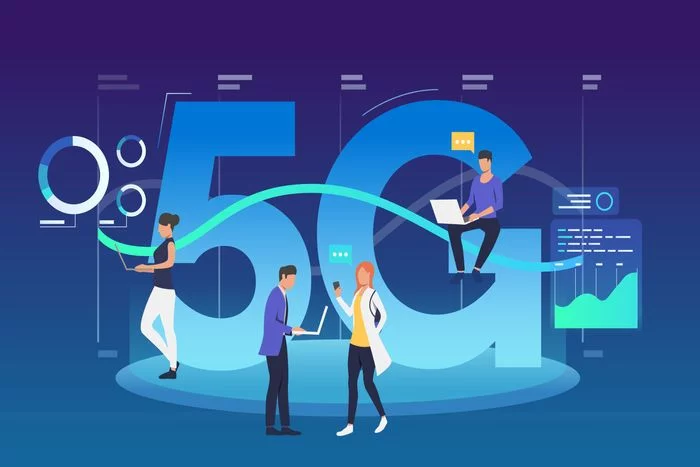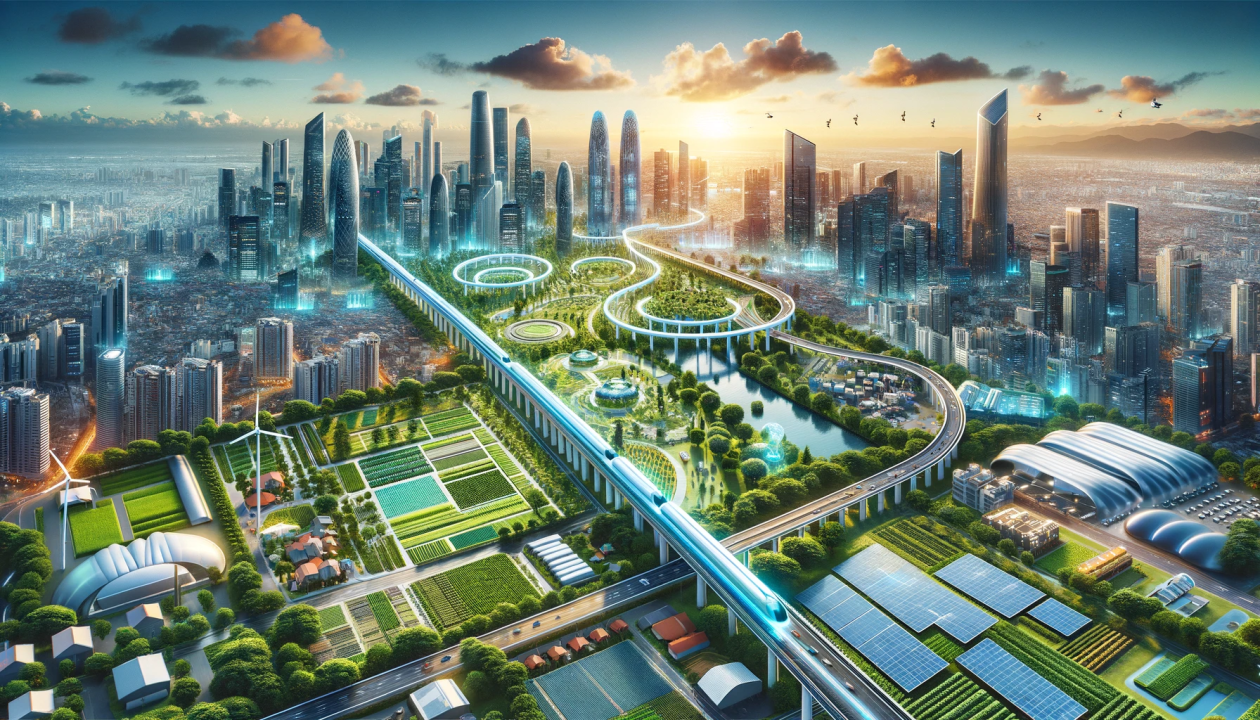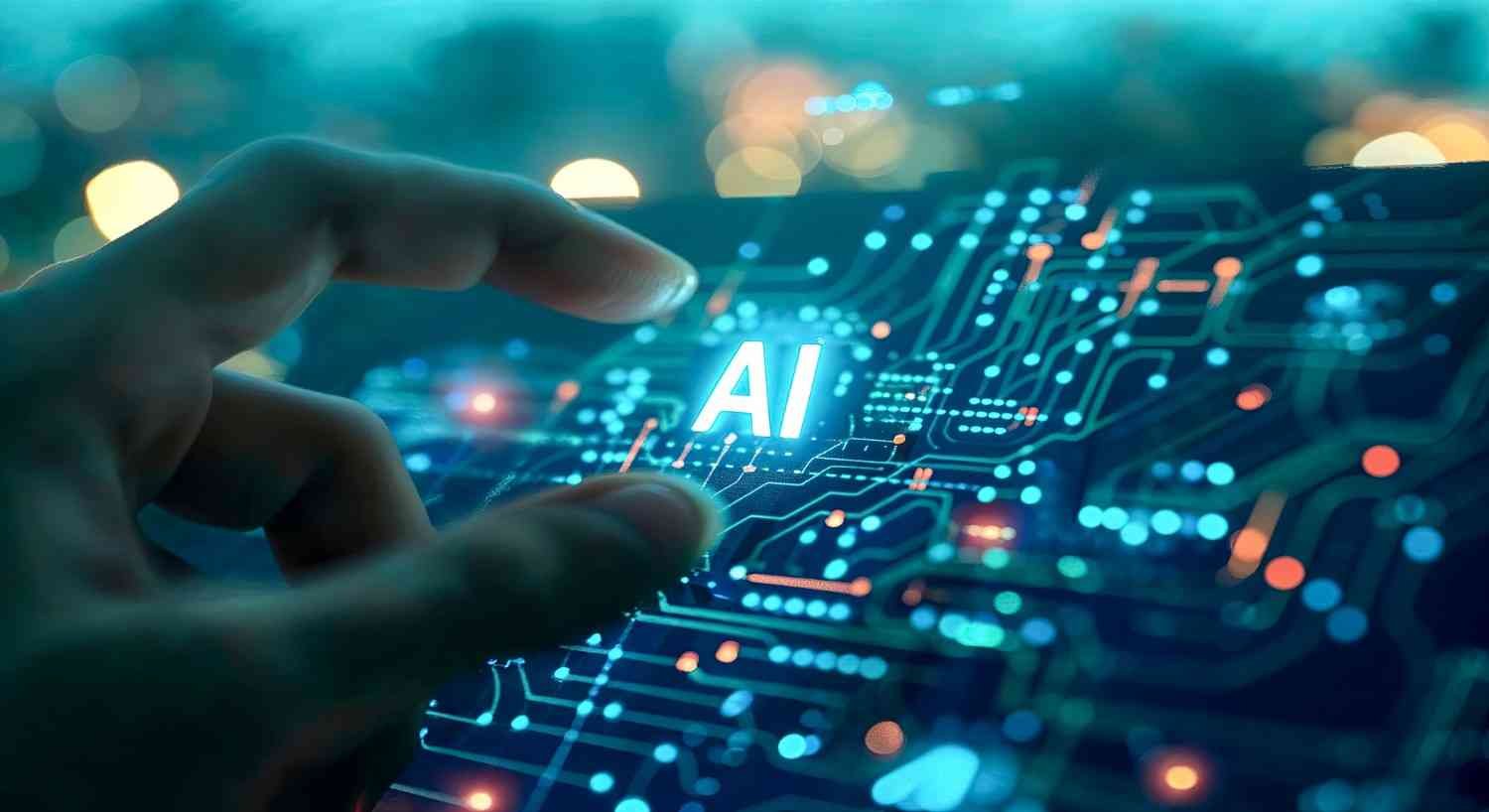The Role of 5G in Connecting the World
The Role of 5G in Connecting the World
Introduction
In today’s fast-paced world, technology is advancing at an unprecedented rate. One of the most significant developments in recent years is the introduction of 5G technology. 5G, or fifth-generation wireless technology, is not just an upgrade from its predecessor, 4G. It is a revolutionary leap that promises to transform the way we live, work, and communicate. This article explores the role of 5G in connecting the world, its impact on various sectors, and how it is shaping the future of global connectivity.
What is 5G?
Understanding the Basics
5G stands for the fifth generation of mobile networks. It is the latest standard in wireless communication, designed to provide faster speeds, lower latency, and more reliable connections compared to previous generations like 4G and 3G. With 5G, data can be transmitted at speeds up to 100 times faster than 4G, making it possible to download a full-length HD movie in just a few seconds.
Key Features of 5G
- High Speed: 5G offers significantly faster data speeds, enabling seamless streaming, gaming, and browsing.
- Low Latency: Latency refers to the time it takes for data to travel from one point to another. 5G reduces latency to as low as 1 millisecond, making real-time communication and applications like remote surgery possible.
- Increased Capacity: 5G can support a much larger number of devices simultaneously, which is crucial in today’s world where the number of connected devices is growing exponentially.
- Improved Reliability: 5G networks are more reliable, ensuring consistent performance even in crowded areas.
The Evolution of Mobile Networks
From 1G to 5G
The journey from 1G to 5G has been marked by significant advancements in wireless technology.
- 1G: Introduced in the 1980s, 1G was the first generation of mobile networks, allowing for basic voice calls.
- 2G: Launched in the 1990s, 2G introduced digital voice communication and text messaging.
- 3G: Emerging in the early 2000s, 3G brought mobile internet access, enabling email, web browsing, and basic video streaming.
- 4G: Rolled out in the 2010s, 4G provided faster internet speeds, supporting high-definition video streaming, online gaming, and more.
- 5G: The latest generation, 5G, is set to revolutionize connectivity with its ultra-fast speeds, low latency, and ability to connect a vast number of devices.
The Need for 5G
As the world becomes increasingly digital, the demand for faster and more reliable internet connections is growing. The rise of smart devices, the Internet of Things (IoT), and data-intensive applications like virtual reality (VR) and augmented reality (AR) has created a need for a network that can handle these demands. 5G is designed to meet these needs, providing the infrastructure for a fully connected world.
How 5G is Connecting the World
Enhancing Global Communication
One of the most significant roles of 5G is its ability to enhance global communication. With faster speeds and lower latency, 5G enables real-time communication across the globe. This is particularly important for businesses that operate on a global scale, as it allows for seamless video conferencing, instant messaging, and collaboration.
Bridging the Digital Divide
The digital divide refers to the gap between those who have access to the internet and those who do not. 5G has the potential to bridge this divide by providing high-speed internet access to remote and underserved areas. This can help improve education, healthcare, and economic opportunities in these regions, contributing to global development.
Enabling the Internet of Things (IoT)
The Internet of Things (IoT) refers to the network of interconnected devices that communicate with each other to perform various tasks. 5G is a key enabler of IoT, providing the necessary infrastructure to support the massive number of devices that will be connected in the future. From smart homes to smart cities, 5G will play a crucial role in creating a fully connected world.
Transforming Industries
5G is set to transform various industries by enabling new applications and services. Some of the sectors that will benefit the most from 5G include:
- Healthcare: 5G can enable remote surgeries, telemedicine, and real-time monitoring of patients, improving healthcare outcomes.
- Transportation: With 5G, autonomous vehicles can communicate with each other and with traffic infrastructure, leading to safer and more efficient transportation systems.
- Manufacturing: 5G can support the implementation of smart factories, where machines and robots communicate with each other to optimize production processes.
- Entertainment: 5G will enhance the entertainment experience by enabling high-quality streaming, virtual reality, and augmented reality applications.
The Impact of 5G on Society
Economic Growth
The deployment of 5G networks is expected to drive economic growth by creating new business opportunities and jobs. According to a report by the Global System for Mobile Communications (GSMA), 5G is expected to contribute $2.2 trillion to the global economy by 2034. This growth will be driven by increased productivity, innovation, and the development of new industries.
Improved Quality of Life
5G has the potential to improve the quality of life for people around the world. With faster internet speeds and more reliable connections, people can access information, services, and entertainment more easily. Additionally, 5G-enabled technologies like telemedicine and smart homes can enhance healthcare and living conditions.
Environmental Benefits
5G can also contribute to environmental sustainability. By enabling smart grids, 5G can help optimize energy consumption and reduce waste. Additionally, 5G can support the implementation of smart transportation systems, reducing traffic congestion and emissions.
Challenges and Concerns
Infrastructure Requirements
One of the main challenges of deploying 5G is the need for significant infrastructure investment. 5G networks require a dense network of small cells, which are small base stations that need to be installed in close proximity to each other. This can be costly and time-consuming, particularly in rural and remote areas.
Security and Privacy
As with any new technology, 5G raises concerns about security and privacy. The increased connectivity and data transmission speeds of 5G can make it more vulnerable to cyberattacks. Additionally, the vast amount of data generated by 5G-enabled devices raises concerns about data privacy and protection.
Health Concerns
There have been concerns about the potential health effects of 5G radiation. However, numerous studies have shown that 5G radiation is within safe limits and does not pose a significant health risk. Nevertheless, it is important to continue monitoring and researching the potential health impacts of 5G.
The Future of 5G
Continued Innovation
The future of 5G is bright, with continued innovation and development expected in the coming years. As 5G networks become more widespread, new applications and services will emerge, further transforming the way we live and work.
Global Collaboration
The successful deployment of 5G requires global collaboration between governments, industries, and technology providers. By working together, stakeholders can ensure that 5G is deployed in a way that maximizes its benefits while addressing potential challenges.
A Connected World
In conclusion, 5G is set to play a crucial role in connecting the world. With its high speeds, low latency, and ability to support a vast number of devices, 5G will enable new applications and services that will transform industries and improve quality of life. While there are challenges to overcome, the potential benefits of 5G are immense, making it a key driver of global connectivity and progress.
Conclusion
5G is more than just a technological upgrade; it is a transformative force that will reshape the way we connect and communicate. From enhancing global communication to enabling the Internet of Things, 5G has the potential to create a fully connected world. As we continue to innovate and collaborate, the future of 5G looks promising, offering endless possibilities for a brighter, more connected future.




Post Comment